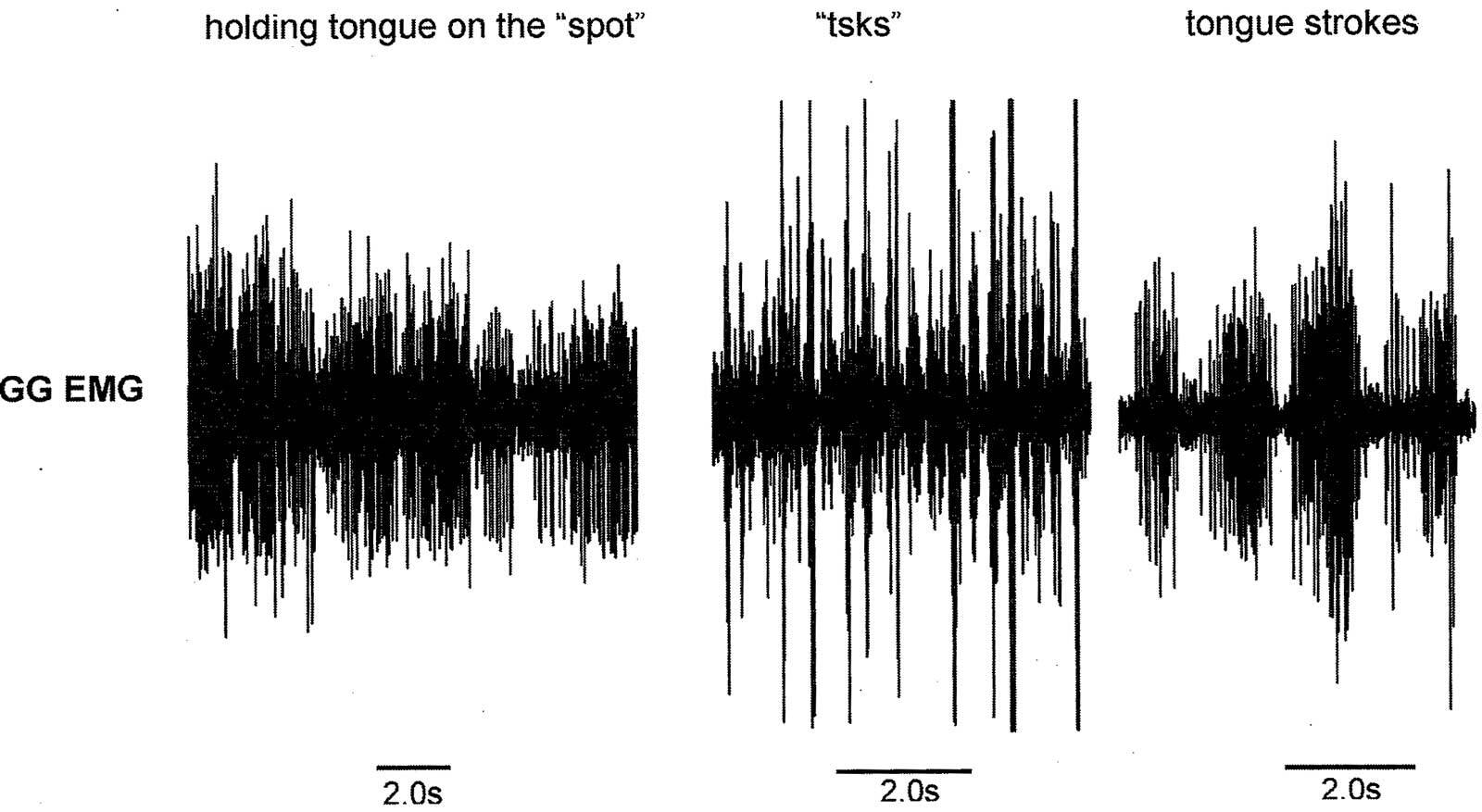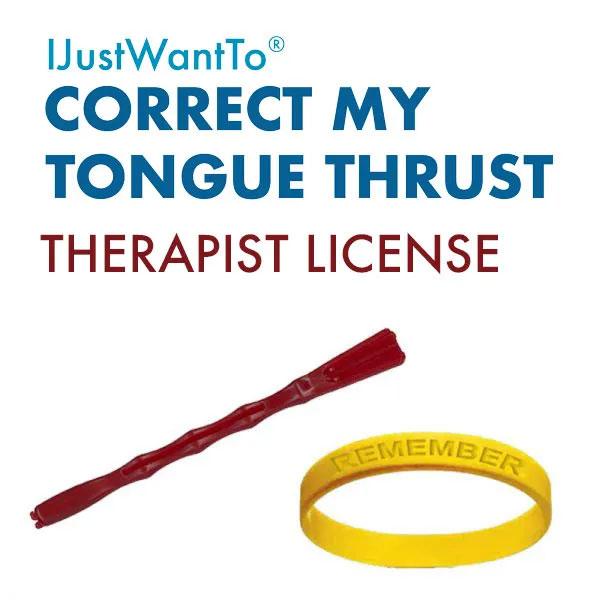 A significant reason people cannot keep their teeth closed is that their tongue is too wide for their mouth.
A significant reason people cannot keep their teeth closed is that their tongue is too wide for their mouth.
Do you see small indentations on the sides of your tongue? This is a sign that it is crowded in your mouth.
One of the major exercises with this program involves stroking the sides of your tongue to stimulate and tighten the muscles, which can result in a skinnier tongue.
The Tongue Stick® was explicitly designed to perform two of these particular exercises. It ensures that you are stroking the targeted tongue muscles.
Tongue Stick Efficacy
The Correct Your Tongue Thrust tongue muscle-training program uses specific exercises designed to strengthen the tongue, as well as biofeedback to teach the subject how to control the tongue's position.
Dr. Ralph Fregosi, Ph.D. and Professor of Physiology & Neuroscience at the University of Arizona, did a vital pilot study to document that these tongue muscle exercises are associated with marked increases in neural drive to the tongue muscles.
 The graph on this page shows EMG recordings made with intramuscular wire electrodes inserted into the genioglossus muscle of a 31-year-old female snorer. The recordings represent three different volitional tongue movements, each of which is part of the exercise training regimen developed by Ms. Bennett. It is clear that each of these maneuvers results in an intense activation of the genioglossus muscle (GG EMG in the figure), which is the principle tongue protrudor muscle and the muscle most often implicated in pharyngeal airway collapse in patients with OSA.
The graph on this page shows EMG recordings made with intramuscular wire electrodes inserted into the genioglossus muscle of a 31-year-old female snorer. The recordings represent three different volitional tongue movements, each of which is part of the exercise training regimen developed by Ms. Bennett. It is clear that each of these maneuvers results in an intense activation of the genioglossus muscle (GG EMG in the figure), which is the principle tongue protrudor muscle and the muscle most often implicated in pharyngeal airway collapse in patients with OSA.
The following shows tongue movement present while performing the first three exercises of the program.
(1) Holding the tongue “on the spot” is an exercise that trains subjects to hold the tongue on the roof of the mouth, thereby strengthening the muscle’s neuromotor tone.
(2) “Tsks” is a “tongue clicking” exercise that focuses on the tip of the tongue, and it is clear that the genioglossus is engaged in this exercise as well.
(3) Finally, tongue strokes are exercises that involve stroking the lateral blades of the tongue with a specially designed Tongue Stick provided to the subject; note that each stroke with the Tongue Stick is associated with a large burst of activity in the genioglossus muscle; in this case, the activation is driven by a reflex, presumably initiated by pressure-sensitive sensory endings in the tongue mucosa. These data fit nicely with the well-accepted idea that all tongue muscles participate in all tongue movements. Moreover, they provide the first physiologic evidence that the tongue muscle training exercises developed by Ms. Bennett strongly target the principle tongue protrudor muscle, the genioglossus, suggesting that these exercises are outstanding candidates for increasing baseline muscle tone as well the strength of the tongue muscles.
Client's Comments After Using the Tongue Stick
- "My tongue feels different the way it fits in my mouth."
- "I no longer bite the sides of my tongue."
- "I can chew my food with my mouth closed."
- "People can't see my tongue now when I talk."
- "It's easier to keep my tongue up on the roof of my mouth."
- "Since it is easier to keep my mouth closed, I can now breathe through my nose instead of my mouth."
Note: As the tongue gets skinnier, the bilateral open bite may begin to close. If a bilateral lisp is present, this closure corrects the lisp, often requiring no direct speech therapy.

